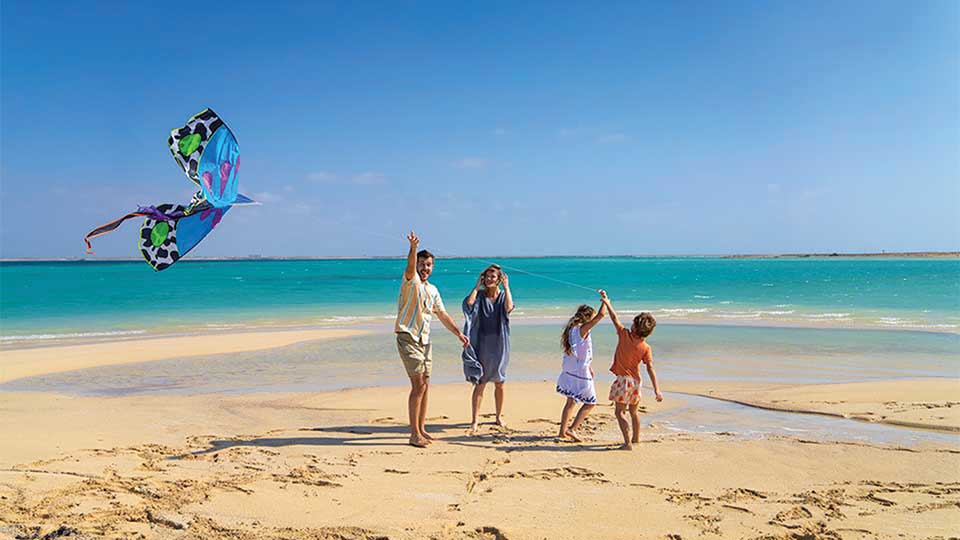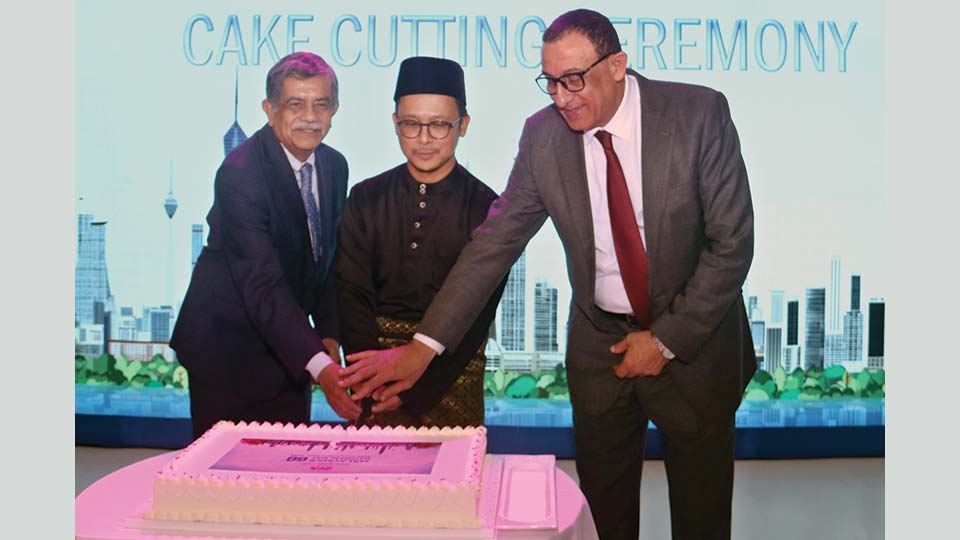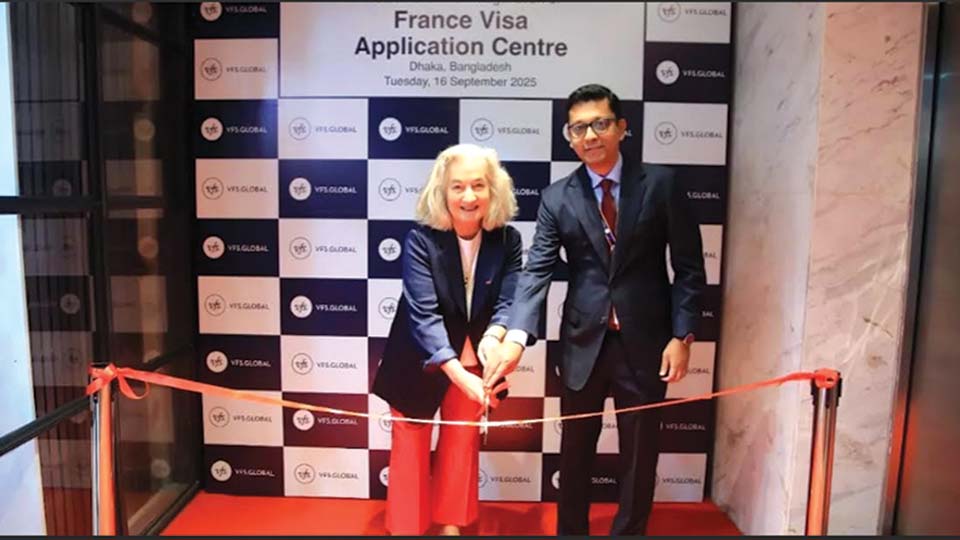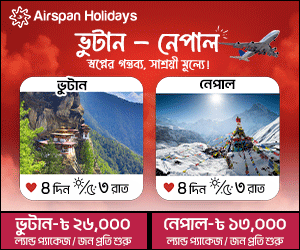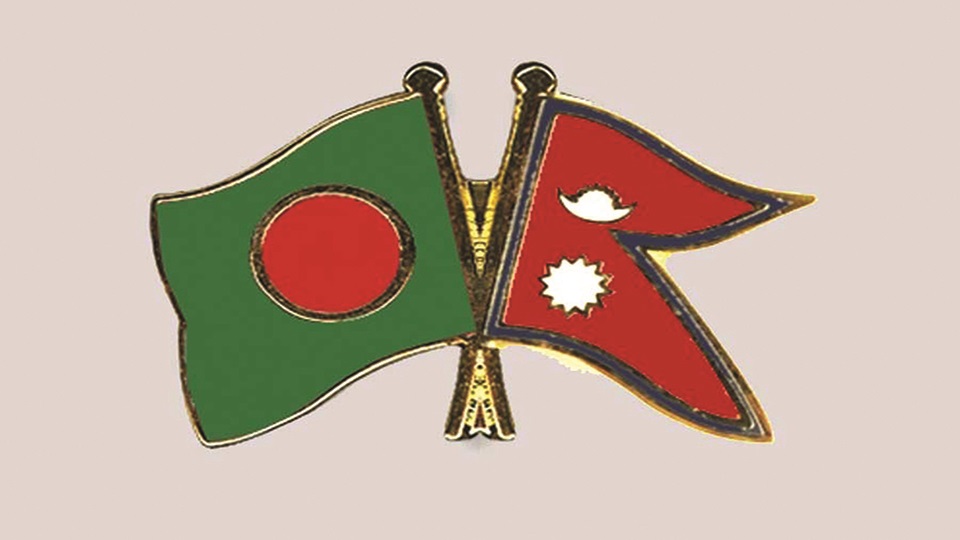
Dhaka : Trade and economic relations between Bangladesh and Nepal are ignored even though the two countries are neighbours to each other. Both the governments are aware of the importance of promoting trade and economic cooperation between the two countries. However, till now, both have been ineffective to expand tourism, bilateral trade, and investment.
The use of international and regional forums like WTO, BIMSTEC, and SAARC can increase regional and bilateral trade as well as generate investment opportunities between the two countries as both are members of such organisations.
Earlier, the SAARC Council of Ministers planned to implement projects that will connect Kathmandu with Chattogram, India through Bangladesh. Nepal and Bangladesh expressed hope that such an international transport connectivity project would strengthen regional integration and alliances further.
According to the Mechi Customs Office, Nepal used to export more agricultural products than imports, but with the increase in customs duty by the Bangladesh government, major commodities exported to Bangladesh such as lentils, herbs, ginger, and others, gradually declined and the trade deficit increased.
Nepal is participating in Bangladeshi trade fairs. Likewise, Bangladesh is organising a single-country trade fair in Kathmandu. It not only promotes Bangladeshi products but also helps Nepali entrepreneurs to explore potential areas of a joint venture with their Bangladeshi counterparts.
In the common interest of the two countries' economic development, Bangladesh and Nepal should make effective use of the Kakarvitta-Phulbari-Banglabandha route and extend it to the port of Mongla.
The full use of the Banglabandha Road connecting the Mongla Port will not only increase the volume of third-country trade between the two countries, but also will add a new dimension to the bilateral trade between them.
Nepal is also famous for a promising adventure tourism. Flights to Bangladesh from the eastern part of Bhadrapur, Nepal should also be regular and effective to encourage border tourists.
As both countries have decided to sign the Cargo Transport Modality Agreement, we can expect all types of public and private vehicles to come and go from Nepal and Bangladesh.
Concerning investment from Nepal, there seems to be a strong possibility of foreign investment in Bangladesh in the financial sector, information technology, tourism, and others.
To facilitate regular communication between the Nepali and Bangladeshi people, it is necessary to visit and exchange information at the private sector level and also increase participation in fairs/exhibitions organised in both countries.
The Bangladesh government will improve the condition of the Jamuna Bridge connecting Mangala Port in Bangladesh. After the Government of India agreed to facilitate the movement of vehicles in the Phulbari-Baglaband corridor, the two countries agreed to improve the land customs facility by expanding the volume of trade in the future.
Again, both the countries have agreed to bring the Singhabad (India) -Rohanpur (Bangladesh) rail transport facility (provided by India) into operation. Apart from Rohanpur-Singhabad transit, Nepal has urged Bangladesh to convert Radhikapur (India) -Birol (Bangladesh) railway line to broad gauge. In response, Bangladesh seems to have intensified the work of converting the broad gauge railway line.
Kathmandu-Dhaka bus service was also included in the agenda of the talks. However, it is already being discussed under the BBIN (Bangladesh-Bhutan-India-Nepal) Motor Vehicle Agreement.


